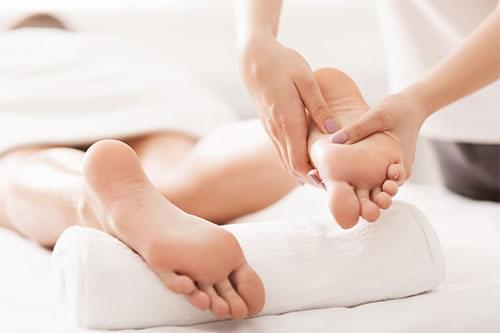
Acupressure
Uses finger pressure to stimulate the body’s natural self curative abilities by working on key points on the surface of the skin. Enables the muscles to release tension which encourages the circulation of blood and in turn aiding the healing process with one’s own energy.
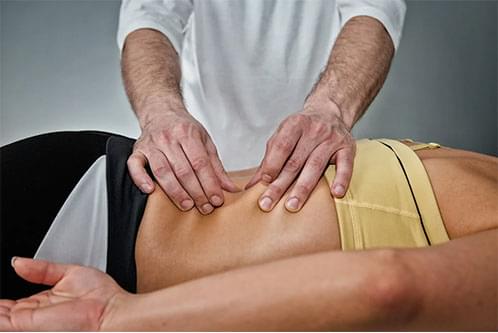
Myofascial Release
This therapy is a safe and very effective hands-on
technique that involves applying gentle sustained
pressure into the Myofascial connective tissue
restrictions to eliminate pain and restore motion. This essential “time element” has to do with the viscous flow and the piezoelectric phenomenon: a low load (gentle pressure) applied slowly will allow a viscoelastic medium (fascia) to elongate.
Trauma, inflammatory responses, and/or surgical
procedures create Myofascial restrictions that can
produce tensile pressures of approximately 2,000 pounds per square inch on pain sensitive structures that do not show up in many of the standard tests (x-rays, myelograms, CAT scans, electromyography, etc.) The use of Myofascial Release allows us to look at each patient as a unique individual. Our one-on-one therapy sessions are hands-on treatments during which our therapists use a multitude of Myofascial Release techniques and movement therapy. We promote independence through education in proper body mechanics and movement, self treatment instruction, enhancement of strength, improved flexibility, and postural and movement awareness. (If there are restrictions in the fascia there will be a deep pressure feel to the muscle causing pain)
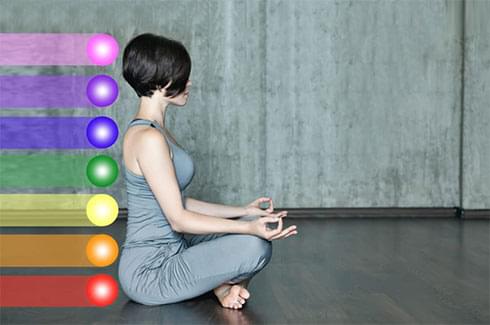
Chakra Cleansing with Color Therapy Technique
Using a crystal light balancing torch the 7 points that run in line with the spine are realigned with the endocrine system. Reflexology is also administered to balance the body with this therapy.
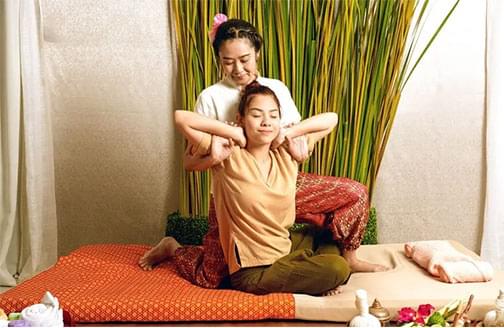
Northern Thai Massage
The massage recipient changes into loose, comfortable clothes and lies on a mat or firm mattress on the floor. The receiver may be positioned in a variety of
yoga/Pilates-like positions during the course of the massage, but deep static and rhythmic pressures form the core of the massage.
The massage practitioner leans on the recipient’s body using hands and usually straight forearms locked at the elbow to apply firm rhythmic pressure. The massage generally follows designated lines (Sen) in the body. Legs and feet of the giver can be used to fixate the body or limbs of the recipient. In other positions, hands fixate the body, while the feet do the massaging action. A full Thai massage session typically lasts two hours or more, and includes rhythmic pressing and stretching of the entire body; this may include pulling fingers, toes, ears, cracking the knuckles, walking on the recipient’s back, and manipulating the recipients body into many different positions.There is a standard procedure and rhythm to the massage, which the practitioner will adjust to fit each individual client. (We offer 1/2 hours and 1 hour sessions)
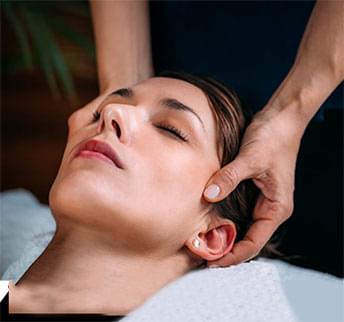
Cranial Sacral Therapy (CST)
A form of bodywork focused primarily on the concept of “primary respiration” and reg- ulating the flow of cerebros- pinal fluid by using therapeutic touch to manipulate the synarthrodial joints of the cranium. To do this, a practitioner will apply light touches to a patient’s skull, face, spine and pelvis.
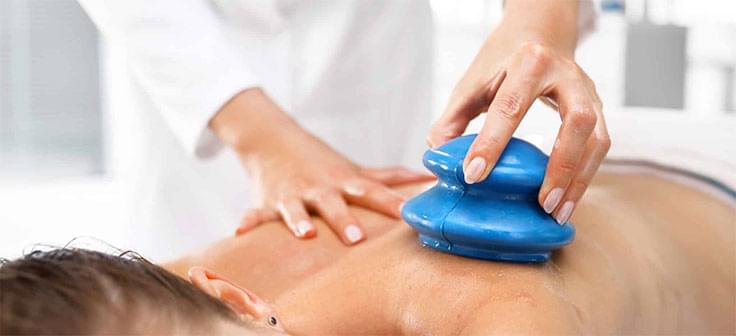
Manual Massage Cupping
Manual vacuum therapy is not an irritant to the skin or body. It draws the inflammation out from deep in the tissues to be released. The skin can turn red with strong movements, indicating that circulation has been brought to the surface. Application of liniments, analgesics, plant hydrosols and essential oil blends immediately after treatment will enable absorption of the product deep into the tissue. Increased local blood supply to the muscles and skin will bring nourishment and allow for toxins to be carried away via the lymph. Conditions of chronic and acute pain can be relieved withminimal discomfort and tense muscles softened quickly and easily. Massage Cupping is wonderfully effective to release restrictions in fascia and scar tissue, such as plantar fasciitis. Another one of the most beneficial applications of vacuum therapy is for preparation and recovery from surgical procedures.
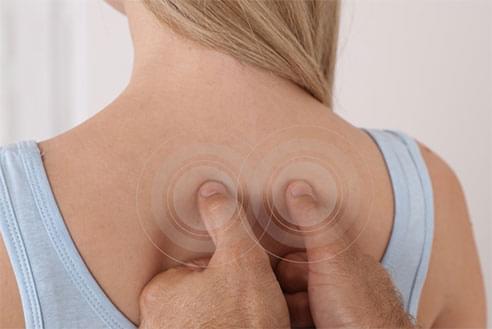
Trigger Point
Involves the applying of pressure to tender muscle tissue in order to relieve pain and dysfunction in other parts of the body. Trigger points are physical phenomena that can be felt by touch.
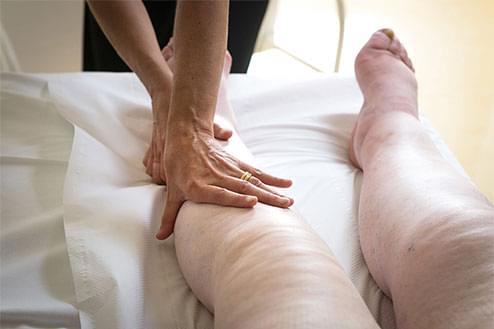
Manual Lymphatic
Drainage (MLD)
A type of gentle massage which is intended to encourage the natural drainage of the lymph, which carries waste products away from the tissues back toward the heart. The lymph system depends on intrinsic contractions of the smooth muscle cells in the walls of lymph vessels (peristalsis) and the movement of skeletal muscles to propel lymph through the vessels to lymph nodes and then beyond the lymph nodes to the lymph ducts which return lymph to the cardiovascular system. Manual lymph drainage uses a specific amount of pressure (less than 9 ounces per square inch) and rhythmic circular movements to stimulate lymph flow.
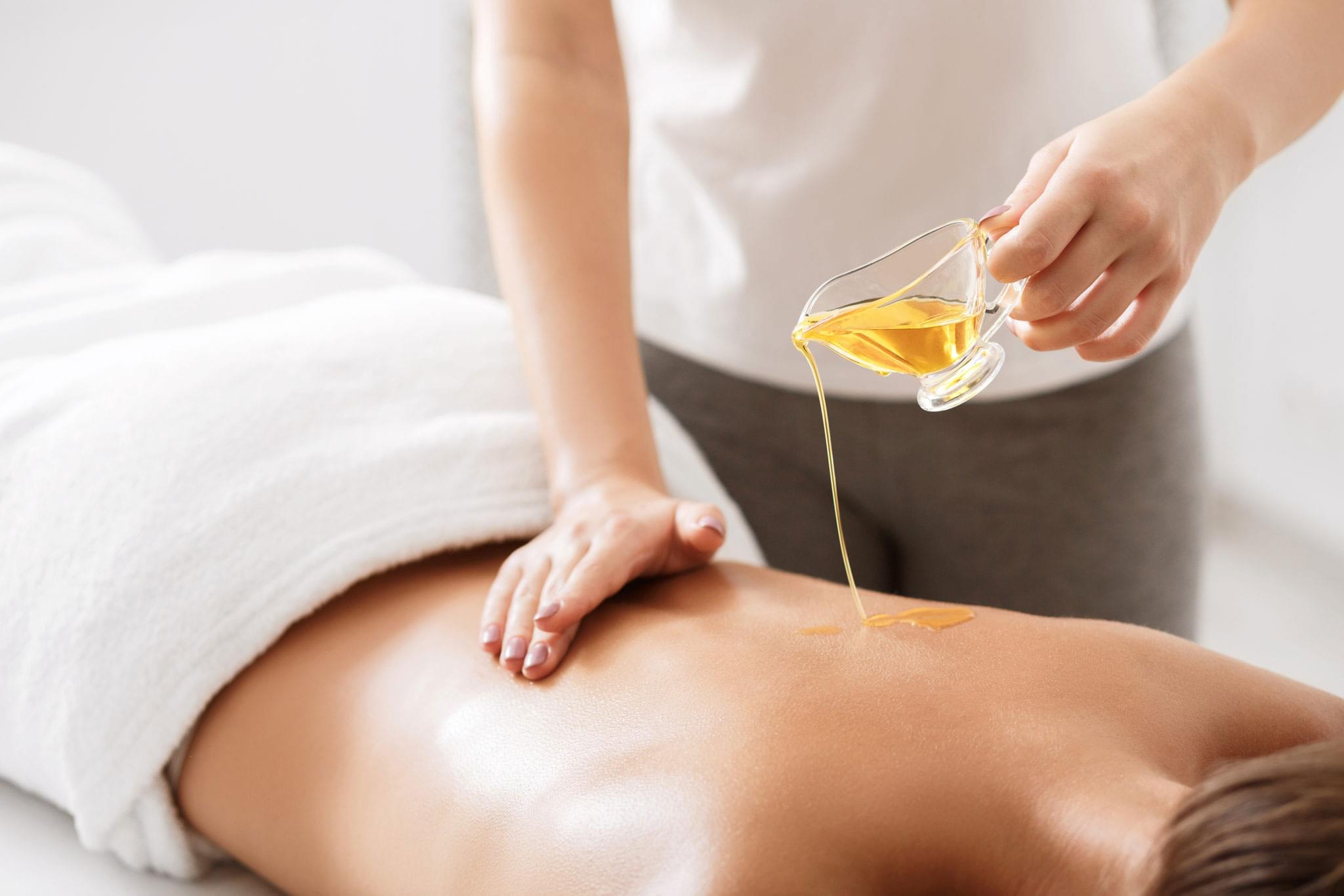
Raindrop Therapy
Uses a sequence of 8 blends of highly anti microbial essential oils which are dropped gently onto the spine & lightly massaged in, using various hand to body techniques. A heated towel is used to complete each application in order to encourage penetration of the oils.
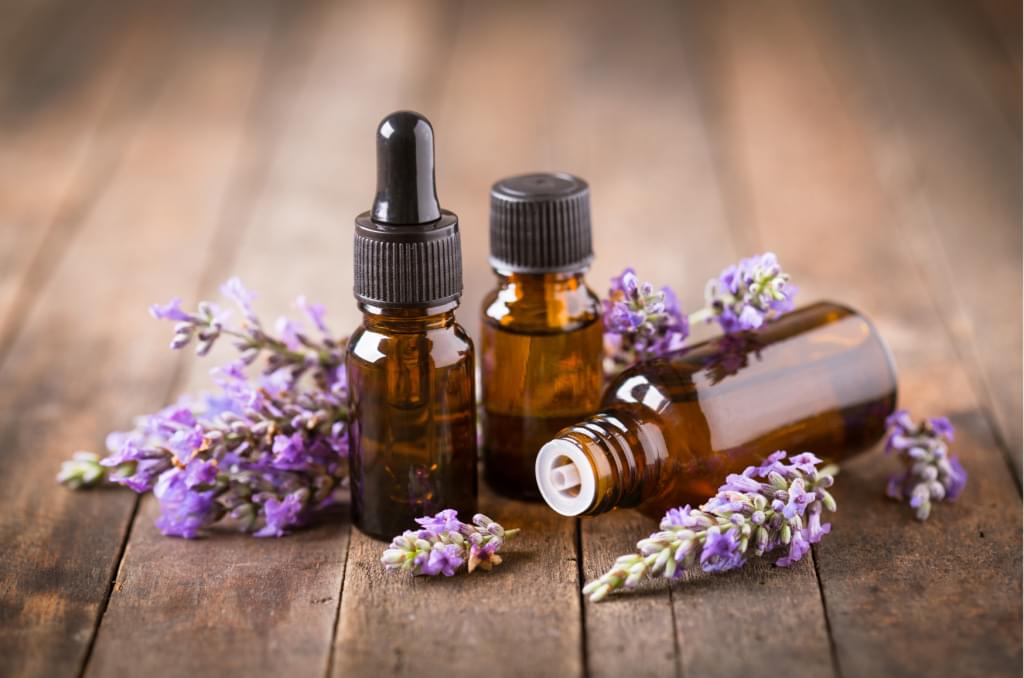
Aromatherapy
Essential oils are chosen to meet each person’s needs. Used with massage or reflexology for a healing effect.
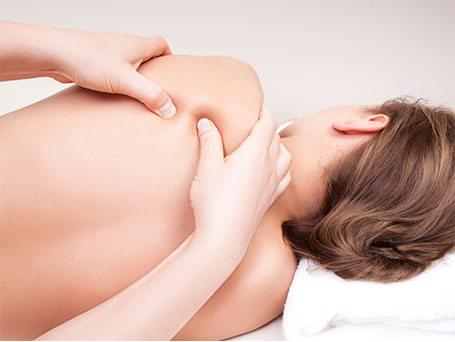
Deep Tissue Massage
Essential oils are chosen to meet each person’s needs. Used with massage or reflexology for a healing effect.
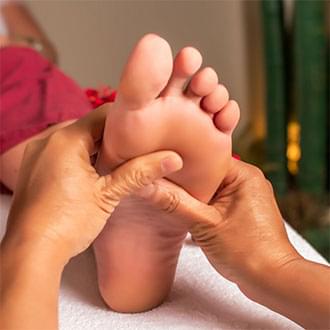
Reflexology
Reflexology is a theory and a therapy that uses the feet as a map, or mirror, of the whole body. Each foot has over 7,000 nerve endings, which relate to the internal structure of the body (internal organs and glands). Calcium, which is circulated in the blood, is deposited at these nerve endings.
This can cause blockage and imbalance disturbing the internal functions of the body.Reflexology can be used to restore and maintain the body’s natural sense of balance andencourage healing.
The Reflexologist uses a relaxation technique and acupressure finger movements to stimulate the body functions. There are times when a sensitive area might be detected due to a nerve blockage. The therapist will aim to relax and encourage the client, leaving them with a feeling of assurance. A Reflexology treatment is usually a pleasant and enjoyable therapy. An hour session is customarily given. The client is only required to remove their shoes and socks.
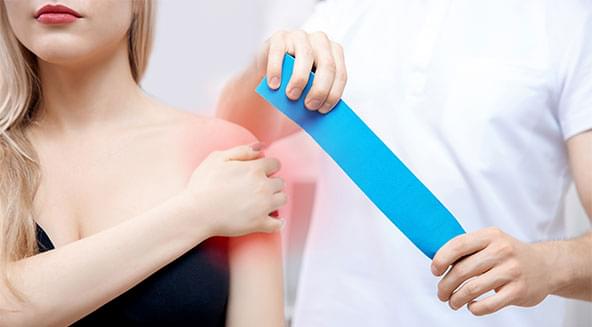
Manual Therapy & Kinesiology Taping
The tape is applied with the affected muscle in a stretched position, taping from the origin of the muscle to the insertion point. Once applied, it is rubbed to activate the pressure-sensitive adhesive. Application is in three general shapes or techniques. An “I” shape is used for small or linear places, for example an I-shaped piece of tape will be applied to the teres minor or rhomboid minor. A “Y” shape is used for larger muscles, like the deltoid. The “X” shape is used for large and long muscles, such as the bicepts femoris.
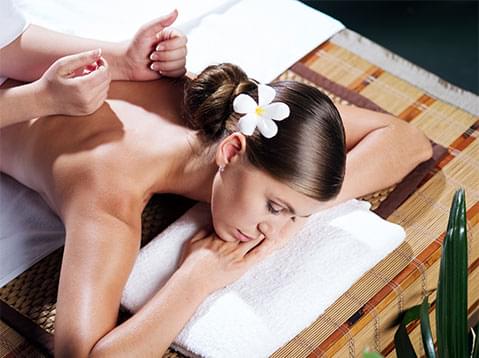
Swedish Massage
Uses a firm but gentle pressure to improve the circulation, ease muscle aches and tension, improve flexibility and create relaxation.
